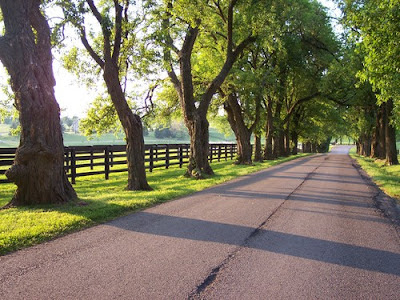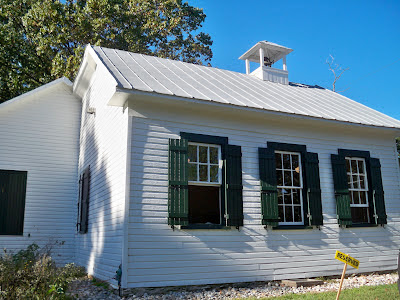Urban Campfire
It’s been a while since I sat around a campfire, but I did last night … in the middle of D.C. That it was part of a professional association meeting, that it was around a fire pit, that the occasional helicopter chugged overhead, didn’t seem to matter.
We were outside, the food was terrific, and the darkness and the crackling wood invited, if not ghost stories, at least some tales of journalistic hijinks and derring-do.
When I returned last evening I kept smelling something familiar, something comforting. It was the aroma of wood smoke in my hair.









